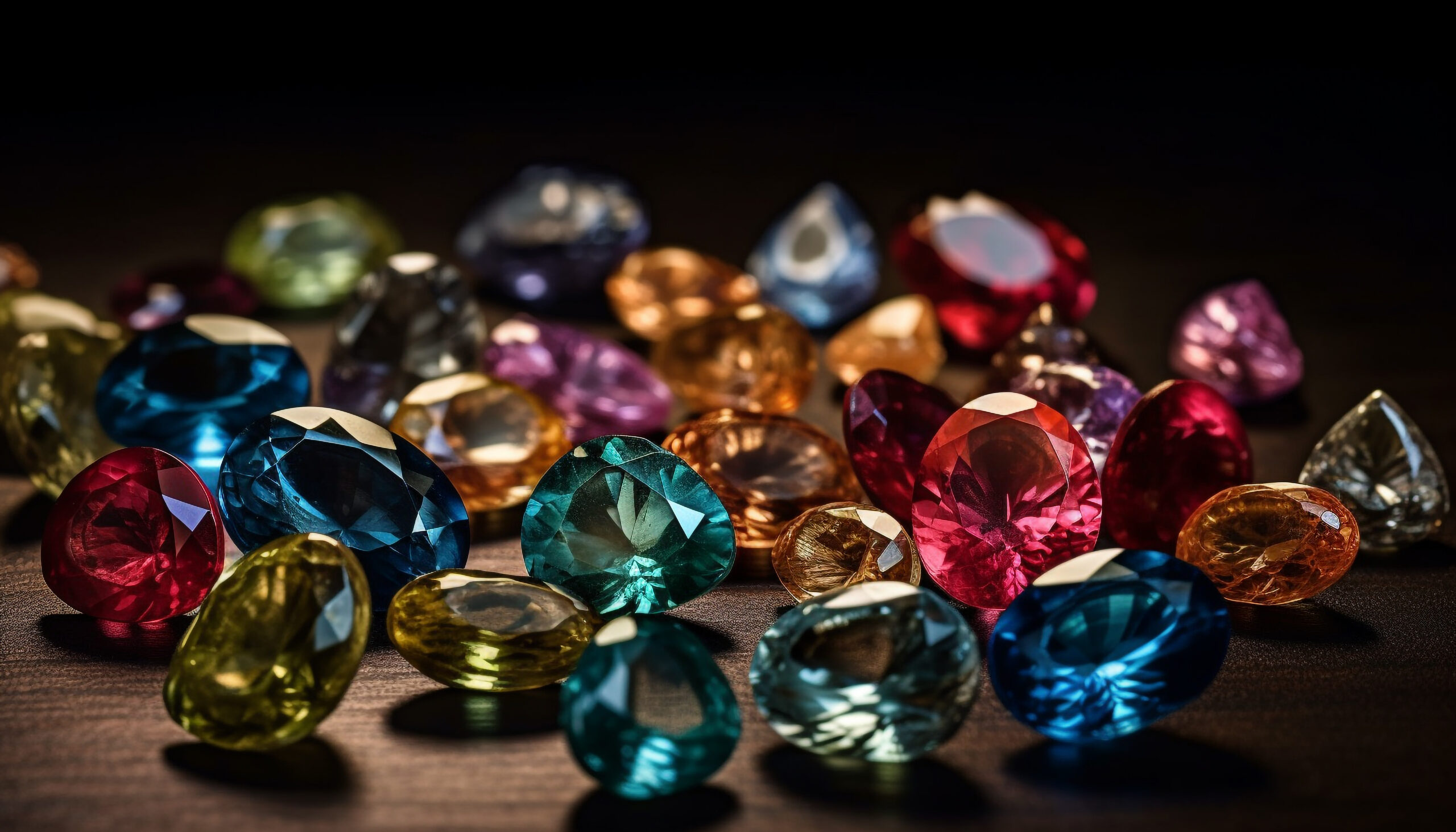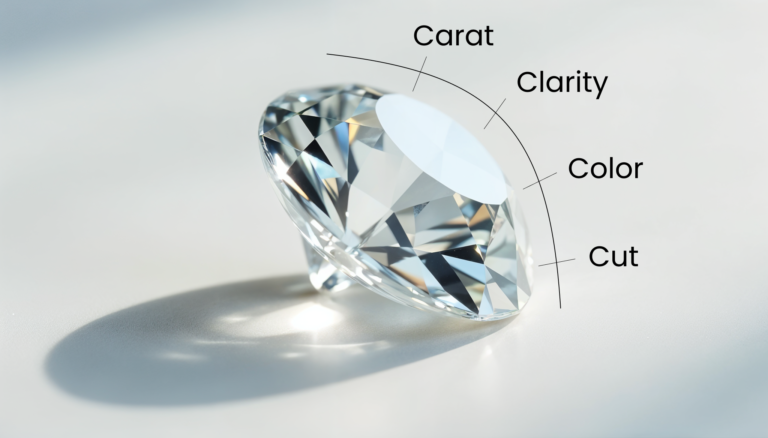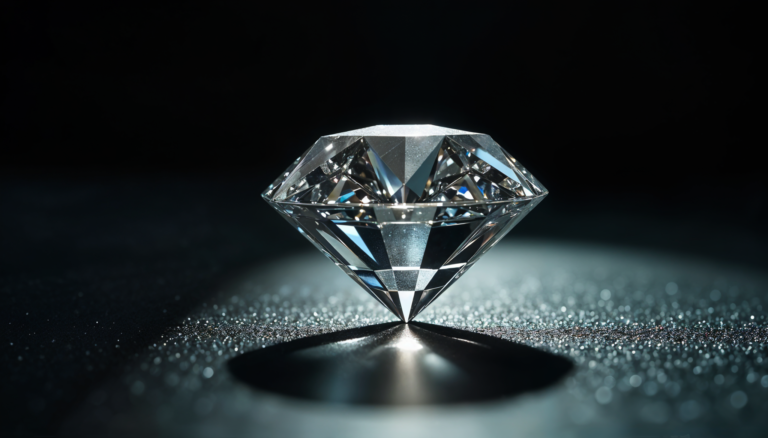Natural vs. Lab-Grown Diamonds: Key Differences, Benefits & Buying Guide
Diamonds are a symbol of luxury, beauty, and timelessness. However, with advancements in technology, lab-grown diamonds have emerged as an alternative to natural diamonds. While both look nearly identical, they have distinct differences in origin, composition, price, and sustainability. In this blog, we will explore the key differences between natural diamonds and lab-grown diamonds to help you make an informed choice.
1. Origin and Formation
Natural Diamonds
Natural diamonds are formed deep within the Earth’s mantle under extreme heat and pressure over billions of years. They are then brought to the surface through volcanic eruptions, making them rare and unique.
Lab-Grown Diamonds
Lab-grown diamonds, also known as synthetic or man-made diamonds, are created in laboratories using advanced technology that replicates the natural diamond formation process. There are two primary methods used:
- High Pressure-High Temperature (HPHT): Mimics the natural diamond formation process by applying intense heat and pressure.
- Chemical Vapor Deposition (CVD): Uses carbon-rich gases to grow diamond crystals layer by layer.
2. Physical and Chemical Properties
Both natural and lab-grown diamonds have the same crystal structure, hardness, and brilliance since they are composed of pure carbon. However, subtle differences can be detected using specialized equipment.
3. Price and Value
Natural Diamonds
Due to their rarity and mining process, natural diamonds are more expensive. They hold their value better over time, making them a preferred choice for investment and heirloom jewelry.
Lab-Grown Diamonds
Lab-grown diamonds are typically 30-50% less expensive than natural diamonds of similar quality. However, they tend to depreciate in value faster due to their increasing availability.
4. Sustainability and Ethical Considerations
Natural Diamonds
Diamond mining can have environmental and ethical concerns, such as habitat destruction and labor issues. However, responsible mining practices and conflict-free certifications aim to address these concerns.
Lab-Grown Diamonds
Lab-grown diamonds are considered a more sustainable option as they require significantly less land and water usage. They also eliminate the risks associated with unethical mining practices.
5. Certification and Identification
Both types of diamonds are certified by gemological institutions such as GIA (Gemological Institute of America) and IGI (International Gemological Institute). Jewelers use advanced tools to distinguish between natural and lab-grown diamonds.
Which One Should You Choose?
Choosing between a natural and lab-grown diamond depends on personal preferences and priorities:
- If you value rarity, tradition, and long-term value, a natural diamond is the best choice.
- If affordability, sustainability, and ethical sourcing are important, a lab-grown diamond is a great alternative.
Final Thoughts
Both natural and lab-grown diamonds have their own advantages and appeal. No matter which one you choose, always ensure you purchase from a reputable jeweler with proper certification. Whether natural or lab-grown, a diamond remains a timeless symbol of love and elegance.
Are you looking for the perfect diamond? Explore our collection at HRK Diamonds and find the one that suits your style!



